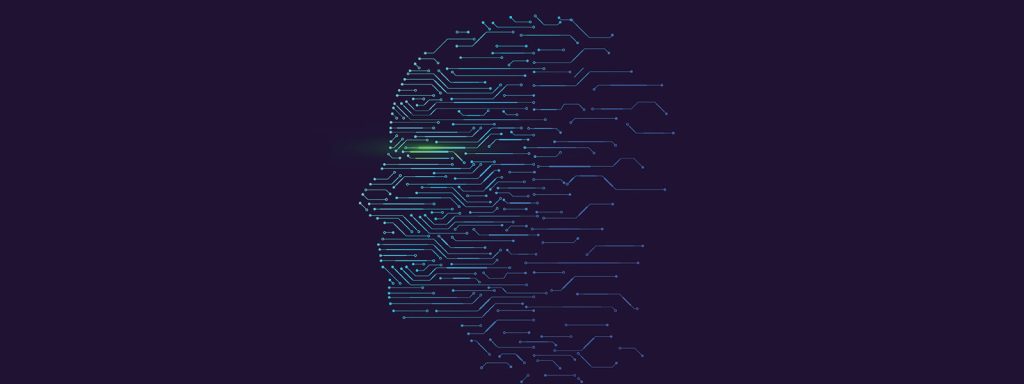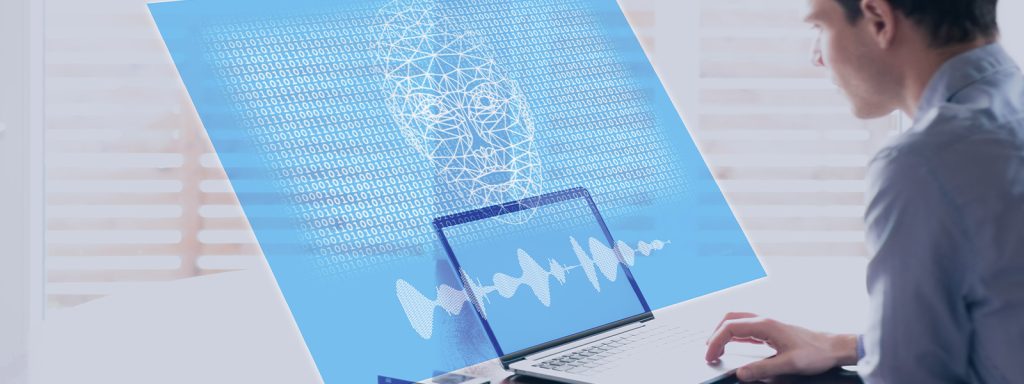According to Insight Partners, the AIOps platform market size is expected to grow from $2.83 billion in 2021 to $19.92 billion by 2028 at a compounded annual growth rate of 32.2%.
This skyrocketing growth is fueled by the pace of the IT data deluge getting out of the human hand and the need for resource optimization. Every organization is increasingly producing more IT data, whether in a siloed or unified form.
According to a Dell study, nine in ten organizations agreed that they were struggling because of the IT staff spending undue hours on repetitive and manual tasks that can be automated.
The result is that over two-thirds of IT decision-makers confess that their organizations are exposed to security threats and that the pace of IT and IT staff retention are critical challenges.
Let’s look at the state of AIOps today and how it will prominently take shape in the future.
The AIOps of Today
AIOps ensures that you cut through the noise in IT data and improve uptime. Here are the specific use cases of AIOps for every modern enterprise-
- Noise reduction – Over-instrumentation creates a lot of noise in organizations that don’t put observability first or at least alongside AIOps. That leads to a flood of alerts, log messages and events with little to no information about ‘where to look’ when incidents occur. This is where the AI in AIOps sorts through the noise and detects changes in MELTs as they occur for quick remediation.
- Quick detection – AIOps can facilitate rapid incident detection by contrasting metrics against historical data to find anomalous patterns through automated detection. Identifying problems based on anomalies or deviations from expected behavior can accelerate detection.
- Root cause analysis – When modern organizations employ development methodologies such as DevOps, change is continuous. When everything is changing, and an incident occurs, it’s critical to know where to look. AIOps can save expensive time from diagnosis and provide a clear direction where things need fixing.
- Automated incident response – Powerful AIOps platforms come equipped with machine learning algorithms that learn from past incidents. So, when an incident occurs, the platform can handle it based on learned knowledge. The algorithm may decide to auto-resolve an issue or alert the right team to fix it.
- Events correlation – Correlating events reduces noise in IT data and helps extract actionable events. An AIOps platform can also identify correlated time-series metrics and symptoms for quicker resolution and analysis.
While simple IT infrastructure may be self-sufficient in running a diagnosis and correcting an anomaly on its own, the same isn’t true for a modern cloud-native business with microservices architecture running on distributed systems.
Any monitoring is a waste if modern applications aren’t externalized enough to be observable. Therefore, observability is now packaged along with AIOps by future-proof AIOps vendors.
Related Reading: Observability Pipelines & AIOps can make IT Smarter
The AIOps of the Future
The AIOps of the future is laden with Robotic Data Automation Fabric. RDAF provides clean data continuously and exponentially, solving AIOps’ underlying DataOps issue. The DataOps issue is that there is no tool or possibility to collect disparate data together for storage, process, analysis or digging insights.
It can get tricky to comprehend interactions between disparate systems and how they impact cost, SLAs, outages, etc.
Robotic Data Automation Fabric combines AIOps, observability and automation to simplify the management of the modern IT ecosystem. Within RDAF, ML algorithms function as Automated Decision Maker (AIDM) instead of their traditional role as Human Intelligence Augmentation Tool (HIAUT).
RDAF automates data and tasks through data bots and low-code data pipelines. The data pipeline serves as a critical component, binding the entire ecosystem. RDAF is analogous to how engineers and SMEs use LCAP (Low Code Automation Platforms) to build IT workflows using software bots, iterate and publish them into the runtime environment.
Here are the distinct benefits of RDAF over the regular AIOps platform-
- RDAF offers rapid composability of workflows to meet changing business needs instead of relying on long release cycles from OEM. It allows distributed and edge processing of observability data reducing the cost of handling data with fine-grained controls and governance policies.
- It allows the processing of data wherever it is, significantly increasing the speed of analytics
- RDAF facilitates asset intelligence and rich context.
- It positively impacts the MTTR KPI for enterprises.
The modern IT enterprise needs more than observability or AIOps. It needs Robotic Data Automation Fabric.
Related Reading: Let ‘Data Bots’ do the hard work of making AIOps and DataOps effortless
How AIOps Evolved Over the Years
- It started with contextual learning and intelligence, where AIOps’ success depended on contextual intelligence that’s accurate, builds upon itself and changes with the environment. A few distinct features included real-time alert enrichment, root cause analysis, impact map, change coordination and planning.
- Next, AIOps evolved into explainable AI where decision-making didn’t happen in a black box. Instead, AIOps built trust through incident insights, AI trails and providing reasons behind decisions.
- As IT environments expanded, distributed AIOps came in to deliver intelligence in the cloud or on edge. Distributed AIOps offers Edge AI, Hybrid SaaS support and limiting cloud egress costs.
- Next, customers wanted AIOps to be turnkey yet customizable and struggled with a skills gap and limited resources. This is where low-code/no-code DataOps automation appeared, bringing in data integrations, data mapping and transformation, alert enrichment and ML pipelines.
- Until now, AIOps focused on noise reduction in IT alerts/events. Today, AIOps also reduce noise in IT logs and extract intelligence from logs, offering log data reduction, log archive/replay, log enrichment and analytics.
CloudFabrix Robotic Data Automation Fabric- The Future-proof AIOps Solution
RDAF represents the most evolved form of AIOps today and enables the three C’s critical for a future-proof AIOps implementation:
- Consolidate with Observability – Seamlessly observe diverse data sources across the organizational stack. Connect with these data sources using different data formats, collect and unify data and understand lineage- where the data is emerging from, where it’s going and what transformations are applied to it as it flows through processes.
- Converge with AIOps and DataOps – Use low-code automation data pipelines and NLP to correlate, contextualize, transform and leverage AI to discover patterns and anomalies in the data and associated systems.
- Conclude using hyper-automation – Create automation pipelines readily and route data intelligently to enable proactive service management.
RDAF by CloudFabrix comes pre-packaged with an extensive library of over 500 data bots in over 20 categories, as we keep on adding new bots to the library. Customers and partners of CloudFabrix can also add customized bots using the SDK.
Write to us to learn more about Robotic Data Automation Fabric.





